
Mammograms recommended for early detection of breast cancer
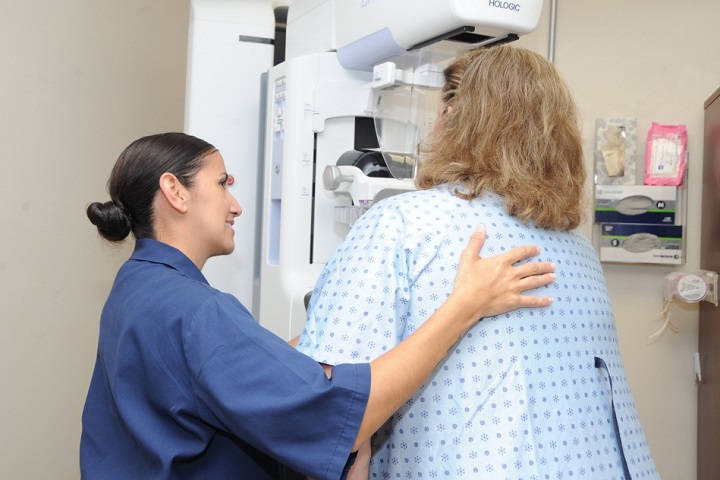
Navy Chief Hospital Corpsman Naomi Perez, a certified mammogram technician, conducts a mammogram for a patient at Naval Hospital Pensacola. A mammogram is a low-dose x-ray procedure used to detect the early stages of breast cancer. October is Breast Cancer Awareness Month, and NHP is taking the opportunity to educate patients about the dangers of breast cancer and the importance of getting checked. (U.S. Navy photo by Mass Communication Specialist 1st Class Brannon Deugan)
PENSACOLA, Fla. — October is Breast Cancer Awareness Month, and Naval Hospital Pensacola is taking the opportunity to educate patients about the dangers of breast cancer and the importance of getting checked.
According to the American Cancer Society, one in eight women will be diagnosed with breast cancer in their lifetime, making breast cancer the most commonly diagnosed cancer in women worldwide. Yet breast cancer also has one of the highest survival rates, largely thanks to early detection services such as screening mammograms.
The American Cancer Society estimates that this year approximately 268,000 women and men will be diagnosed with breast cancer and approximately 41,000 will lose their life from it.
“Breast Cancer affects one in eight women in a lifetime and one percent of men,” said Navy Chief Hospital Corpsman Naomi Perez, leading chief petty officer of Internal Medicine Clinic and certified mammogram technician. “Breast cancer does not discriminate. It does not care if you are thin or heavy, rich or poor. A lot of people refer to breast cancer as the silent killer because you can feel fine and have no symptoms, but may still have breast cancer. That is why it is so important to do the annual mammogram.”
A mammogram is a low-dose x-ray procedure used to detect the early stages of breast cancer long before it can be felt and usually years before physical symptoms can manifest. If detected early, breast cancer treatment can be less invasive and more successful. Some warning signs of breast cancer include a lump in the breast or armpit, nipple discharge, any change in the size or shape of the breast or pain in the breast.
The American Cancer Society’s recommended screening guidelines allow women between 40 to 44 years of age the option for an annual mammography; 45 to 54 years of age should have an annual mammogram; and those 55 years of age and older may transition to biennial mammogram or maintain annual mammogram.
“Don’t be afraid of getting a mammogram because the 15 minutes of discomfort is well worth it to add years to your life,” said Perez. “Physical exams are not as thorough as a simple once a year mammogram exam. This 15 minute exam has saved many lives.
“Think of the mammogram as a photograph, and each year a picture is taken that can build a history to compare to previous images to the most recent,” said Perez. “This allows us to detect changes in the tissue over time.”
Michelle Wilkes, a certified breast cancer navigator at NHP, explained that women are never too old or too young to get breast cancer and the earlier the cancer is detected the more successful the patient will be with treatment.
If a patient is diagnosed with breast cancer, Wilkes is available to assist with the treatment and recovery process. She will ensure beneficiaries receive everything they need, both physically and emotionally.
“The purpose of my position is to navigate patients with breast cancers or even breast concerns through this emotional and medically challenging time in their life,” said Wilkes. “Patients diagnosed with cancer are overwhelmed and they need help to navigate the complex medical system.”
Disclaimer: Re-published content may have been edited for length and clarity. Read original post.
Military Midwives in Leadership Roles
Video
10/5/2018

The duties of certified nurse midwives go far beyond the labor delivery room. Cmdr. Kim Shaughnessy explains how midwives hold leadership positions across the Military Health System and how they help shape women's health policy.
Prostate Cancer Awareness Month: Empowering patients
Article
9/28/2018

For September’s Prostate Cancer Awareness Month, the Military Health System is encouraging men to learn more about the disease
Swimming for good health: Just go with the flow
Article
9/6/2018

Aquatic exercise is a low-impact alternative to running
Reduce your risk of running and sports injuries
Article
8/20/2018

Running is the number one cause of Soldier injuries
Battlespace acoustics branch protects hearing, human performance
Article
8/17/2018
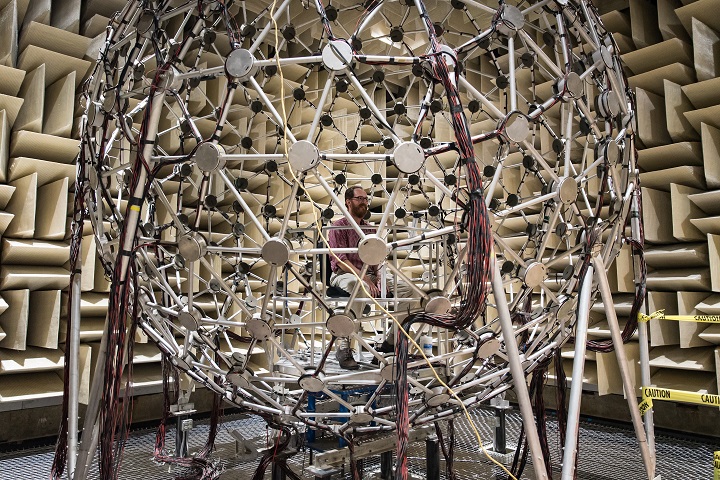
We look at how noise is being generated, how it propagates, and what that means for Airmen in the field
Getting off tobacco road leads to renewed relief
Article
8/10/2018
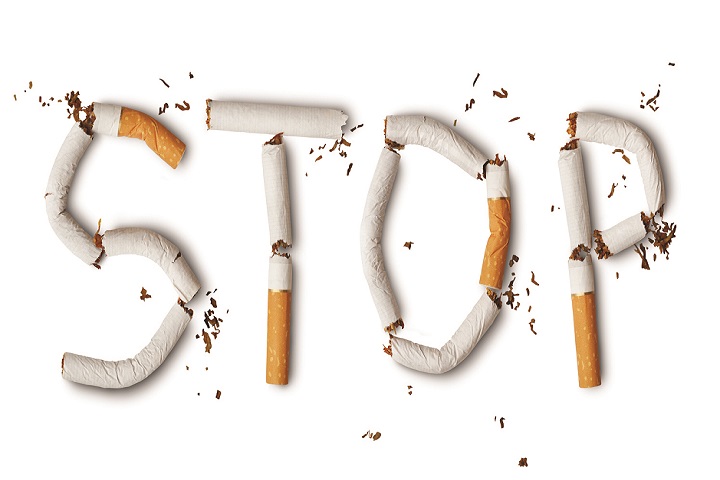
One service member’s struggle to become smoke-free
Three ways to protect your health through preventive care
Article
8/9/2018

Preventive services include vaccines, exams, and screenings
Environmental health works behind the scenes to keep Soldiers ready
Article
7/9/2018
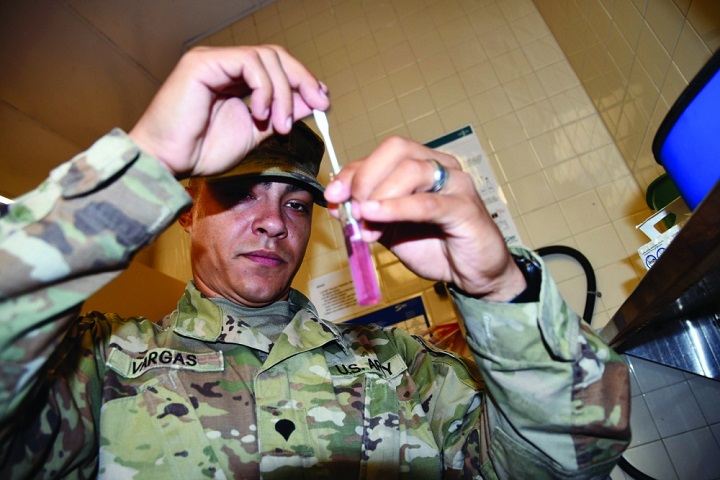
On the team are a mix of military and civilian employees who conduct inspections, food safety training, water sampling and entomology services
Sports drinks: What are you really putting in your body?
Article
6/27/2018
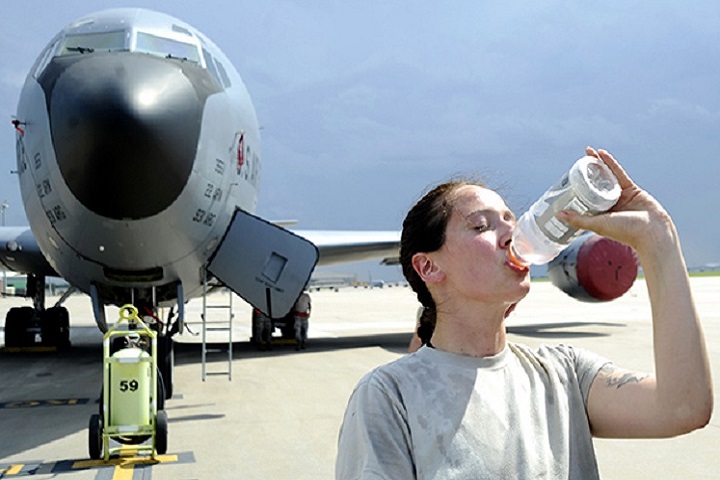
In general, sports drinks are typically a calculated blend of carbohydrates, electrolytes and water
Five tips to improve men's health
Article
6/12/2018
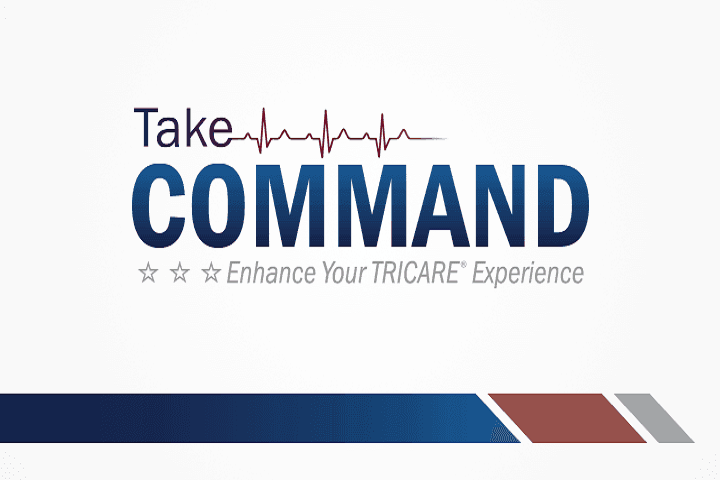
Taking preventive steps and making changes to your lifestyle can improve your health
Breaking down anxiety one fear at a time
Article
6/5/2018

Generalized anxiety, panic disorder, and anxiety related to PTSD are common disorders. In fact, an estimated 31 percent of U.S. adults experience anxiety at some point in their lives; one marine discusses his journey.
Servicemembers demonstrate grace under fire
Article
5/21/2018
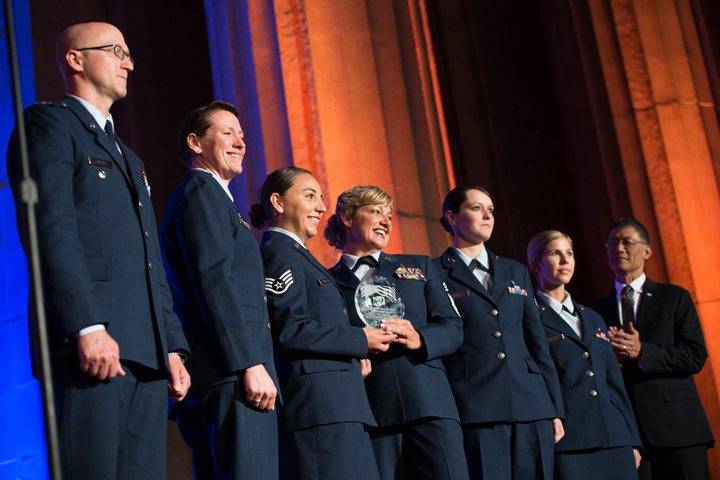
Five honorees celebrated at the 2018 Heroes of Military Medicine Awards Ceremony, including the Airmen for their heroic life-saving efforts during the tragic Las Vegas shooting on Oct. 1, 2017.
New simulator preps WBAMC staff for OB emergencies
Article
5/1/2018

The state-of-the-art simulator provides medical staff up to various cutting-edge training scenarios
Getting tested for STIs is an 'important part of sexual health'
Article
4/26/2018
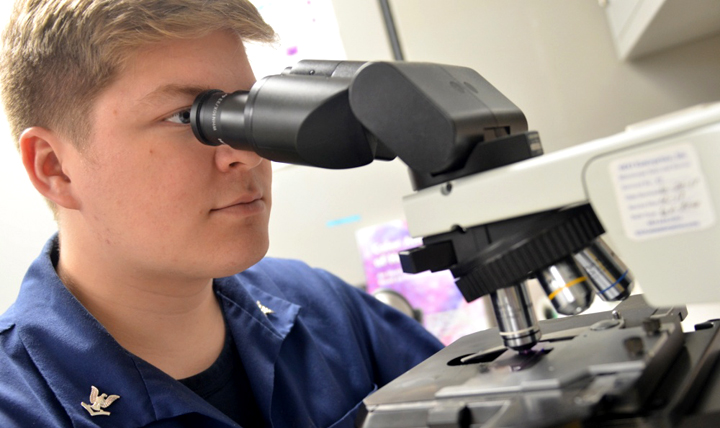
Chlamydia and gonorrhea are two of the most common sexually transmitted infections in the United States. Taking preventive steps, like getting tested and practicing safe sex, can help reduce risk of infection or spreading the infection to others.
Ready, set, focus: Finding calm in a storm through the power of breathing
Article
4/23/2018
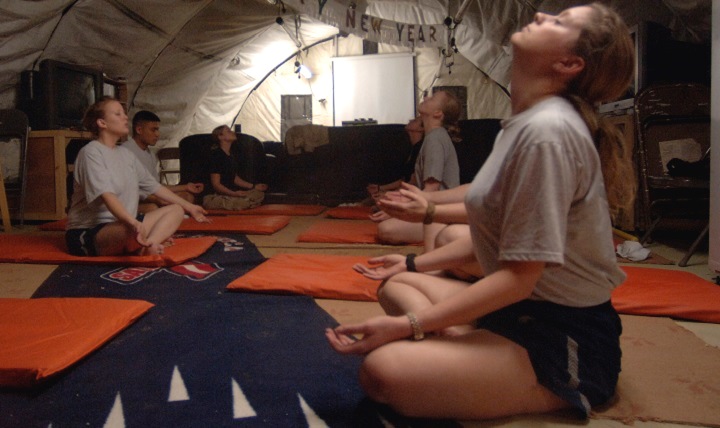
‘Mindful minutes’ and deep breathing help on the job, airmen say





















.jpg)












No hay comentarios:
Publicar un comentario